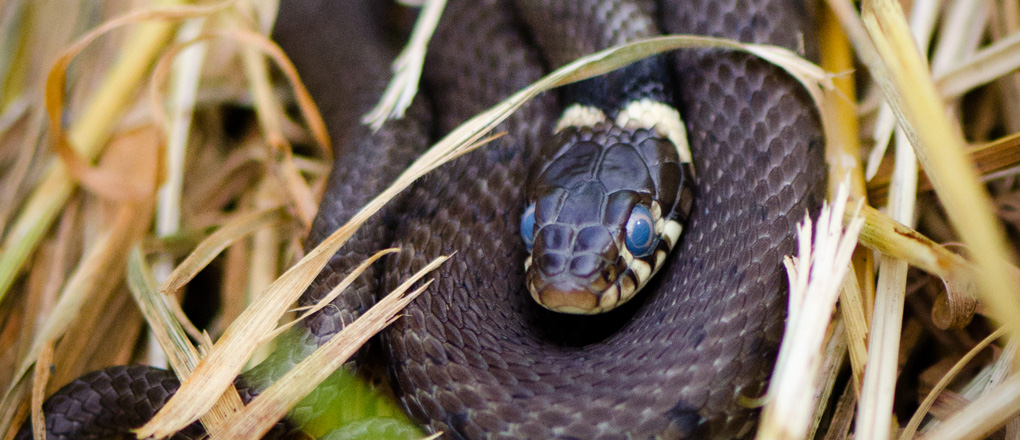
Reptile Surveys
Quants undertakes specialist reptile surveys for all six native reptile species that are protected under UK law. The reptile itself is protected, but its habitat is not, therefore even if the habitat does not on first appraisal appear likely to support reptiles, the client may still be at risk if they are present on an adjacent site. Like all herpetofauna, reptiles are highly mobile. Quants prides itself on being able to manage sensitivities and risks of this nature.
How we carry out the surveys
Grass snake, slow worm, common lizard and adders are often found in grassland, scrub and wetland areas on development sites; smooth snake and sand lizard are much rarer. Reptile surveys can be undertaken from March to September, although site assessments can be done year-round. Mitigation can be lengthy and can only be done at certain times of the year, so it is worth finding out if your site has reptiles at an early stage to avoid costly delays.
Suitable reptile habitat would usually be identified in a Preliminary Ecological Appraisal (PEA) or an Extended Phase 1 Habitat Survey. If the survey indicates that the site has potential to support reptiles, a further survey will be required to establish their presence/absence and the species and population status of any reptiles found. This will involve a search of existing refugia (rubble, urban waste etc.) and installation of artificial refugia, which will be inspected for reptiles over a defined period (usually 1-2 months). Typically, seven visits to the site during suitable weather conditions are required for this process.
Further information: Reptiles: advice for making planning decisions
https://www.gov.uk/guidance/reptiles-advice-for-making-planning-decisions
